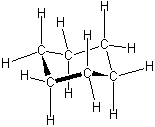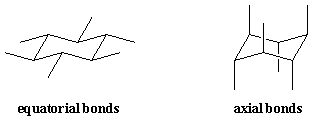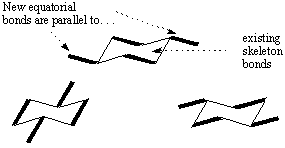Please wait while we process your payment
If you don't see it, please check your spam folder. Sometimes it can end up there.
If you don't see it, please check your spam folder. Sometimes it can end up there.
Please wait while we process your payment

By signing up you agree to our terms and privacy policy.
Don’t have an account? Subscribe now
Create Your Account
Sign up for your FREE 7-day trial
By signing up you agree to our terms and privacy policy.
Already have an account? Log in
Your Email
Choose Your Plan
Individual
Group Discount
Save over 50% with a SparkNotes PLUS Annual Plan!
 payment page
payment page
Purchasing SparkNotes PLUS for a group?
Get Annual Plans at a discount when you buy 2 or more!
Price
$24.99 $18.74 /subscription + tax
Subtotal $37.48 + tax
Save 25% on 2-49 accounts
Save 30% on 50-99 accounts
Want 100 or more? Contact us for a customized plan.
 payment page
payment page
Your Plan
Payment Details
Payment Summary
SparkNotes Plus
You'll be billed after your free trial ends.
7-Day Free Trial
Not Applicable
Renews July 16, 2025 July 9, 2025
Discounts (applied to next billing)
DUE NOW
US $0.00
SNPLUSROCKS20 | 20% Discount
This is not a valid promo code.
Discount Code (one code per order)
SparkNotes PLUS Annual Plan - Group Discount
Qty: 00
SparkNotes Plus subscription is $4.99/month or $24.99/year as selected above. The free trial period is the first 7 days of your subscription. TO CANCEL YOUR SUBSCRIPTION AND AVOID BEING CHARGED, YOU MUST CANCEL BEFORE THE END OF THE FREE TRIAL PERIOD. You may cancel your subscription on your Subscription and Billing page or contact Customer Support at custserv@bn.com. Your subscription will continue automatically once the free trial period is over. Free trial is available to new customers only.
Choose Your Plan
This site is protected by reCAPTCHA and the Google Privacy Policy and Terms of Service apply.
For the next 7 days, you'll have access to awesome PLUS stuff like AP English test prep, No Fear Shakespeare translations and audio, a note-taking tool, personalized dashboard, & much more!
You’ve successfully purchased a group discount. Your group members can use the joining link below to redeem their group membership. You'll also receive an email with the link.
Members will be prompted to log in or create an account to redeem their group membership.
Thanks for creating a SparkNotes account! Continue to start your free trial.
We're sorry, we could not create your account. SparkNotes PLUS is not available in your country. See what countries we’re in.
There was an error creating your account. Please check your payment details and try again.
Please wait while we process your payment

Your PLUS subscription has expired
Please wait while we process your payment
Please wait while we process your payment

Conformational Analysis of Cycloalkanes
The key to understanding trends in ring strain is that the atoms in a ring do not necessarily lie flat in a plane. We begin by studying the most stable conformation of cyclohexane, which has completely staggered dihedral angles at each of the six C-C bonds. This conformation is not flat but is folded into the shape of a lawn chair, so it is called the chair conformation.

While the chair is typically drawn from such a perspective view, keep in mind that the chair actually has three-fold rotational symmetry. That is, it can be rotated by 120 or 240 degrees and look identical. The best way to visualize the chair conformation is to build one for yourself using a molecular model kit. You should verify that the chair has no eclipsing interactions. This can also be seen in a Newman projection down a set of two C-C bonds. Notice how this resembles two Newman projections of ethane joined together by -CH2- groups:

There are two distinctive types of C-H bonds on the chair. One set is comprised of C-H bonds that extend vertically up and down and are called axial bonds. The other set consists of C-H bonds that extend out to the periphery of the ring and are called equatorial bonds. Each carbon has one axial bond and one equatorial bond.
Recall from our discussion of cis-trans isomerism that each carbon has a bond that points up to the top face of the ring and a bond that points down to the bottom face. Don't get these confused with the axial/equatorial classification. One equatorial bond isn't necessarily cis to another equatorial bond, and the same applies for axial bonds. The up/down orientation of an axial position changes from one carbon to its neighbors. If axial is up on one carbon, axial will be down on its two neighbors. The same is true for equatorial positions.

The chair conformation is used so frequently that you should become comfortable
with drawing them. The most important feature of chair conformations is that
they consist of three sets of parallel C-C bonds. Begin by drawing the six C-C
bonds that comprise the skeleton of the chair:



Like other conformations we have studied, chair conformations are in a state of constant
flux. Because all the C-C bonds are interconnected,
they cannot rotate independently but have to move together. For example, one
end of the chair could "flip up" to put the cyclohexane ring in a boat
conformation.

Please wait while we process your payment

